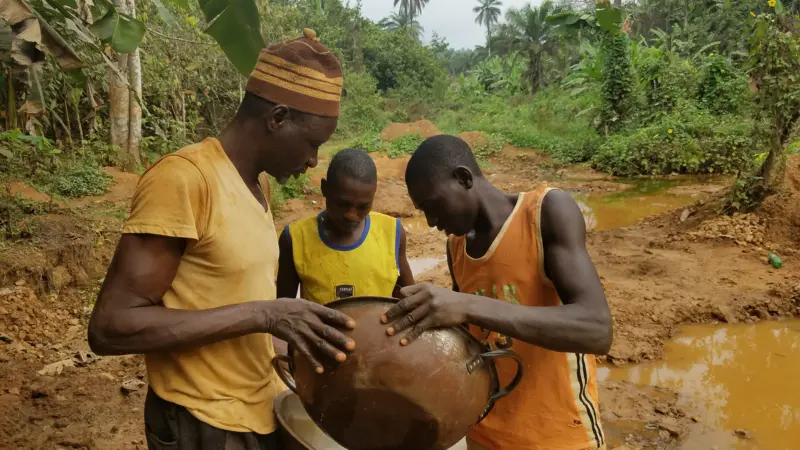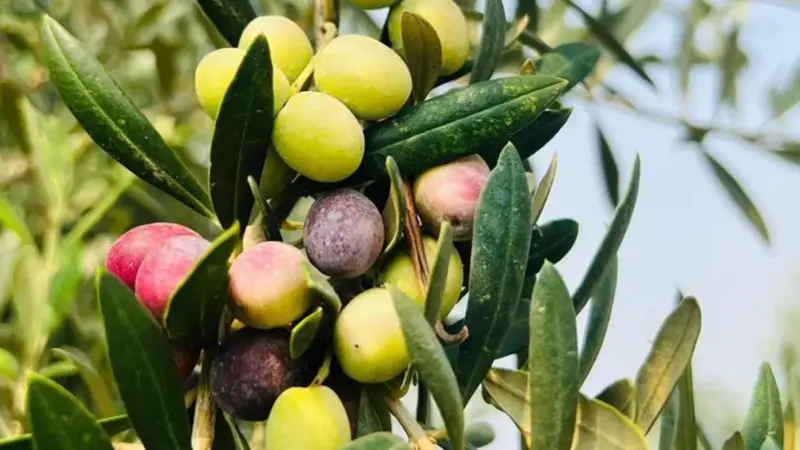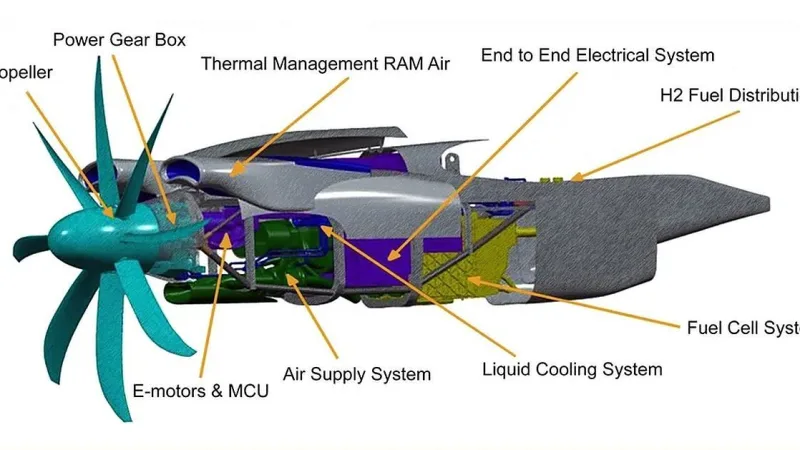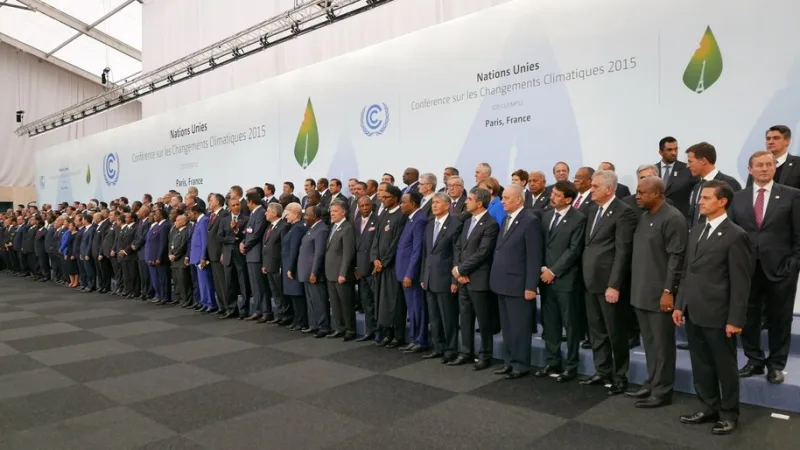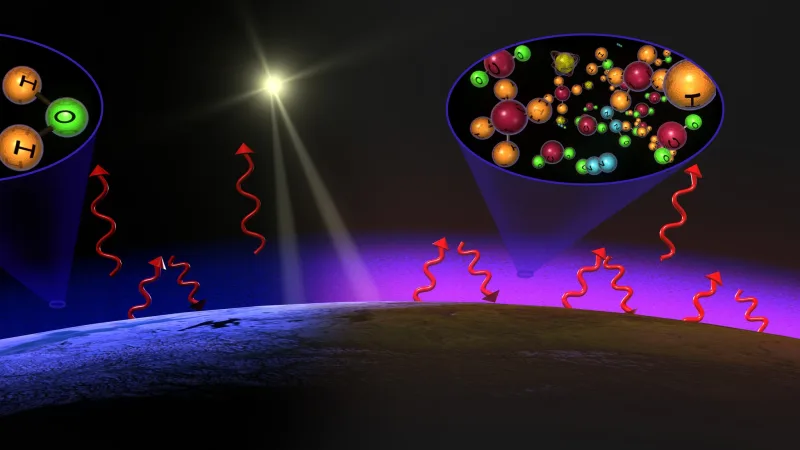Brazil’s Plan to Dredge the Amazon: A Desperate Move with Ecological Consequences?
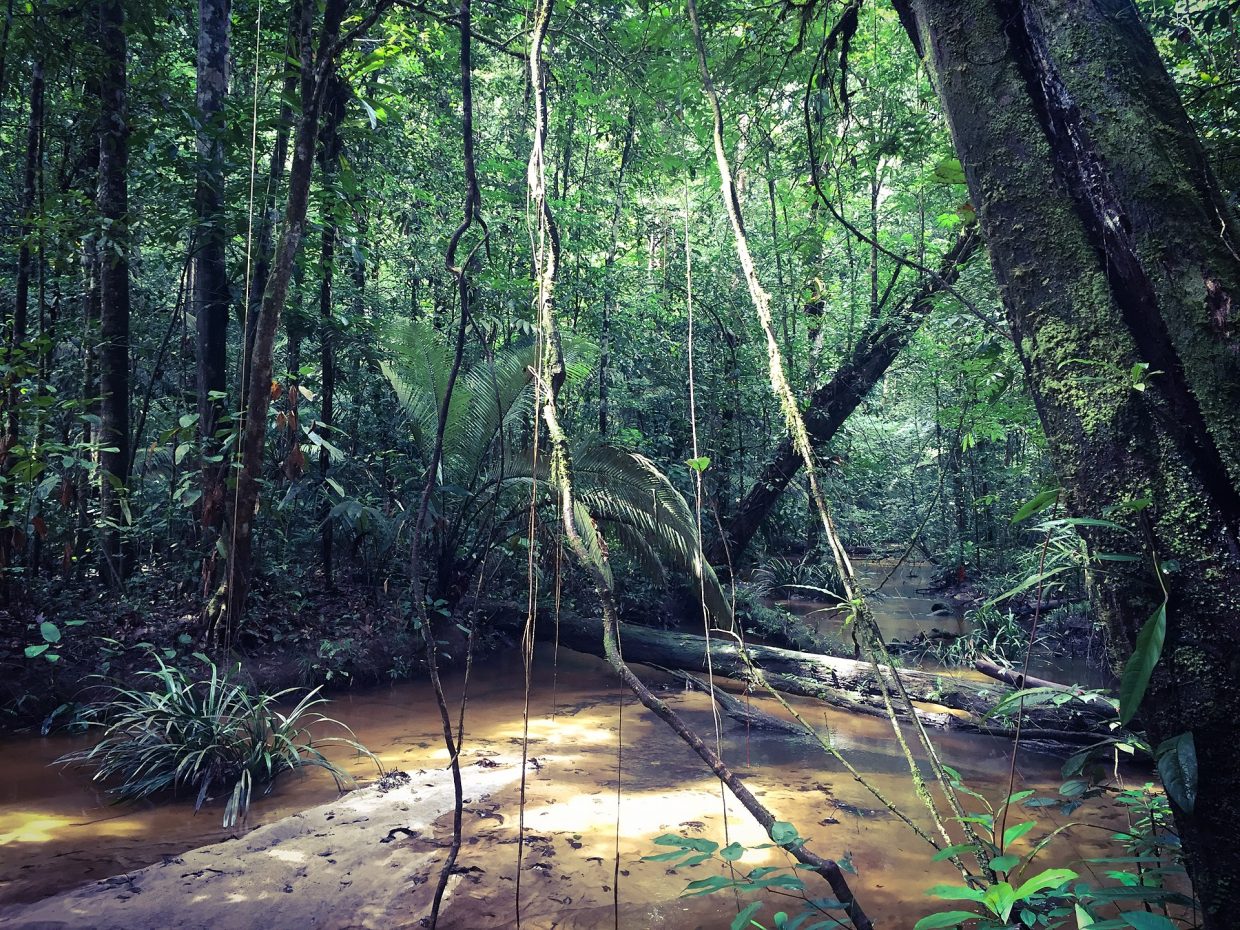
The Amazon, often referred to as the “lungs of the planet,” is not only the world’s largest river by volume but also a crucial lifeline for millions of people and countless species. However, this mighty waterway is now shrinking, and the implications are severe. Due to record-low water levels and a devastating drought, Brazil is gearing up for a drastic intervention: dredging several key sections of the river to keep transport routes open. The decision has sparked a fierce debate, pitting local necessities against environmental concerns.
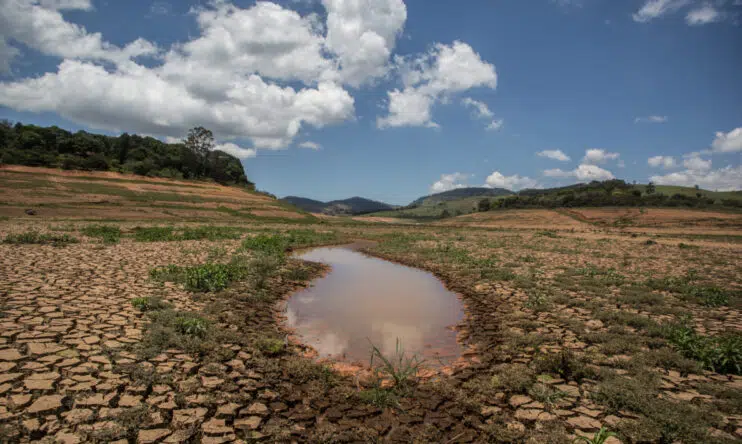
Extreme Drought and Record-Low Water Levels
The World Meteorological Organization’s latest report revealed that water levels across major global rivers are at their lowest point since measurements began. The Amazon is no exception. The situation is exacerbated by climate change, compounded by the El Niño phenomenon, which has led to an unprecedented drying of South America’s largest rivers. The Rio Negro, the Amazon’s second-largest tributary, has dropped to its lowest level in 122 years, leaving entire sections near Manaus, the capital of Brazil’s Amazonas state, completely dry (source: ORF.at).
The stark reality is evident: in just three months, parts of the Amazon have seen water levels plummet by up to 90%. This collapse has turned what were once thriving waterways into muddy trails, making navigation near-impossible and disrupting life for approximately 47 million people who depend on the river for everything from transportation to drinking water.
Dredging the Amazon: Necessary or Reckless?
Faced with this environmental catastrophe, Brazil has announced it will begin dredging several critical sections of the Amazon. The goal? To deepen parts of the riverbed that are now too shallow, ensuring that both people and goods can still move through the rainforest, even as the waters recede. Authorities are planning to excavate sediment from four key locations and deposit it in deeper parts of the river, hoping this will maintain navigability through the worst drought in history.
The response from environmental groups and scientists has been swift and scathing. Many warn that this is a stopgap solution that could have long-lasting ecological repercussions. Dredging can disrupt the fragile aquatic ecosystems of the Amazon, home to unique species such as the pink river dolphin and the voracious piranha. Moving sediment changes water flow patterns, impacting not only fish and plant life but also the indigenous communities that rely on these waters for food and transport.
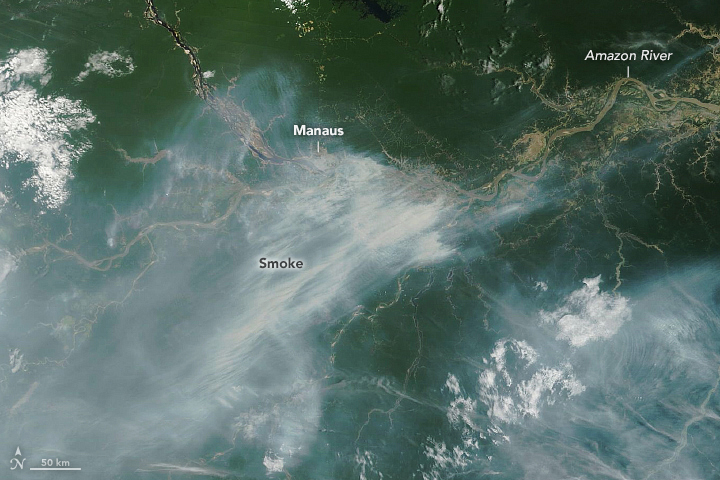
Photo: Wikipedia
Adalberto Luis Val, a biologist at the Brazilian Institute for Amazon Research, cautions that while the dredging might meet short-term human needs, it is “reckless from an ecological perspective”. The Amazon’s delicate balance of nutrients and water flows could be permanently altered, turning some areas into dead zones where fish can no longer thrive.
A Humanitarian Crisis in the Making
The implications of this intervention go beyond the environmental. Brazil’s decision is also a response to the worsening humanitarian situation. The Amazon is the primary transport route for many remote communities in Brazil, Colombia, and Peru. As water levels have dropped, boats have been stranded in the mud, cutting off vital supplies of food, medicine, and drinking water to these isolated villages. What used to be a one-hour boat trip can now take up to ten hours of trekking through treacherous, muddy riverbeds.
The New York Times reported that for many communities, these rivers are not just transport routes—they are lifelines. In such a vast region, there are few roads, and the river often represents the only means of reaching towns and markets. The supply chain disruptions have already led to soaring food prices and shortages of essential goods, exacerbating the crisis for the 47 million people living along the Amazon’s banks.
The Domino Effect: Wildfires, Crop Failures, and El Niño
The drought’s impact is not limited to water levels. As rivers dry up, the surrounding rainforest is also suffering. Drier conditions have turned parts of the Amazon into tinderboxes, fueling widespread wildfires that are tearing through the forest at an alarming rate. According to Brazil’s National Institute for Space Research (INPE), over 346,000 fires have been recorded across South America this year alone, with 50,000 in the Amazon basin. The fires are often started deliberately to clear land for agriculture, but the current dry conditions have made them much harder to control, destroying vast swathes of jungle and releasing even more carbon into the atmosphere.
This is creating a feedback loop of devastation. As more of the forest burns, less moisture is released into the air, reducing rainfall and exacerbating the drought. Researchers from IPAM Amazonia describe the current crisis as a “domino effect” of extreme weather events. The region’s ecosystems are being pushed to their breaking point, and without substantial rain, recovery may be impossible.
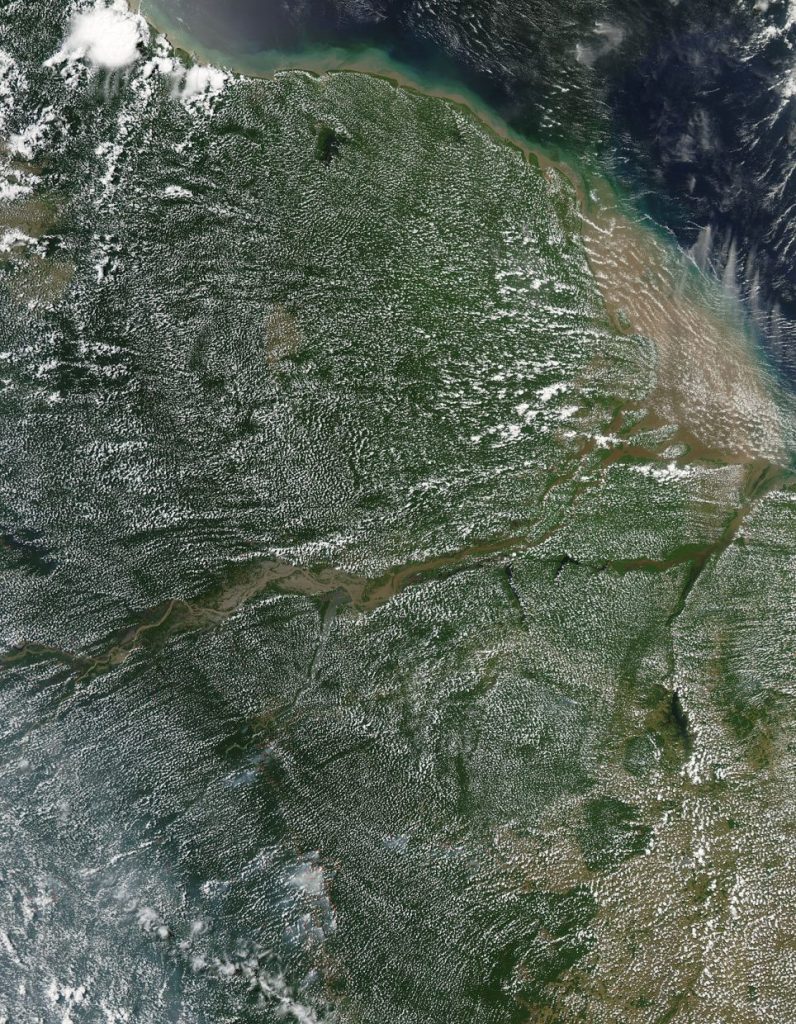
Dredging: Solving One Problem While Creating Others?
Brazil’s government insists that the dredging operation will be closely monitored to minimize environmental damage. They argue that ensuring river navigation is essential, not just for the local economy, but for the survival of millions who rely on the Amazon for their livelihoods. Still, some fear that the government’s assurances are little more than political maneuvering. Critics point out that the plans focus only on the major shipping routes, leaving smaller tributaries to continue drying up, cutting off hundreds of smaller communities that the dredging will not benefit.
Additionally, there’s a risk that dredging will encourage even more reckless deforestation. If the main river routes are deepened, it may spur further agricultural expansion and logging, threatening the Amazon’s already fragile ecosystems. Brazil has already seen a sharp increase in deforestation in recent years, driven largely by the demand for new farmland. By making the Amazon more accessible, dredging could be the catalyst for a new wave of environmental destruction.
A Future of Uncertainty
The situation in the Amazon is emblematic of a global trend. Climate change is not a distant threat but a present reality, one that is pushing our natural systems to the brink. The Amazon’s plight is a stark reminder that even the world’s most powerful ecosystems are vulnerable. As governments scramble to address the immediate impacts, they risk overlooking the deeper issues. Dredging the Amazon may keep boats moving for now, but at what cost?
Brazil’s approach may be a short-term fix, but unless there is a broader strategy to tackle climate change, restore ecosystems, and support vulnerable communities, such measures will do little more than rearrange the deck chairs on the Titanic. For the 47 million people living along the Amazon, the stakes couldn’t be higher. The question is, will Brazil’s solution provide relief, or is it simply another step toward environmental catastrophe?
Sources:
World Meteorological Organization (WMO) Global Water Resources Report: WMO Global Water Resources Report 2023
The New York Times Article on Amazon Drought: NYT Amazon Drought Article
Wikipedia, Wikicommons

